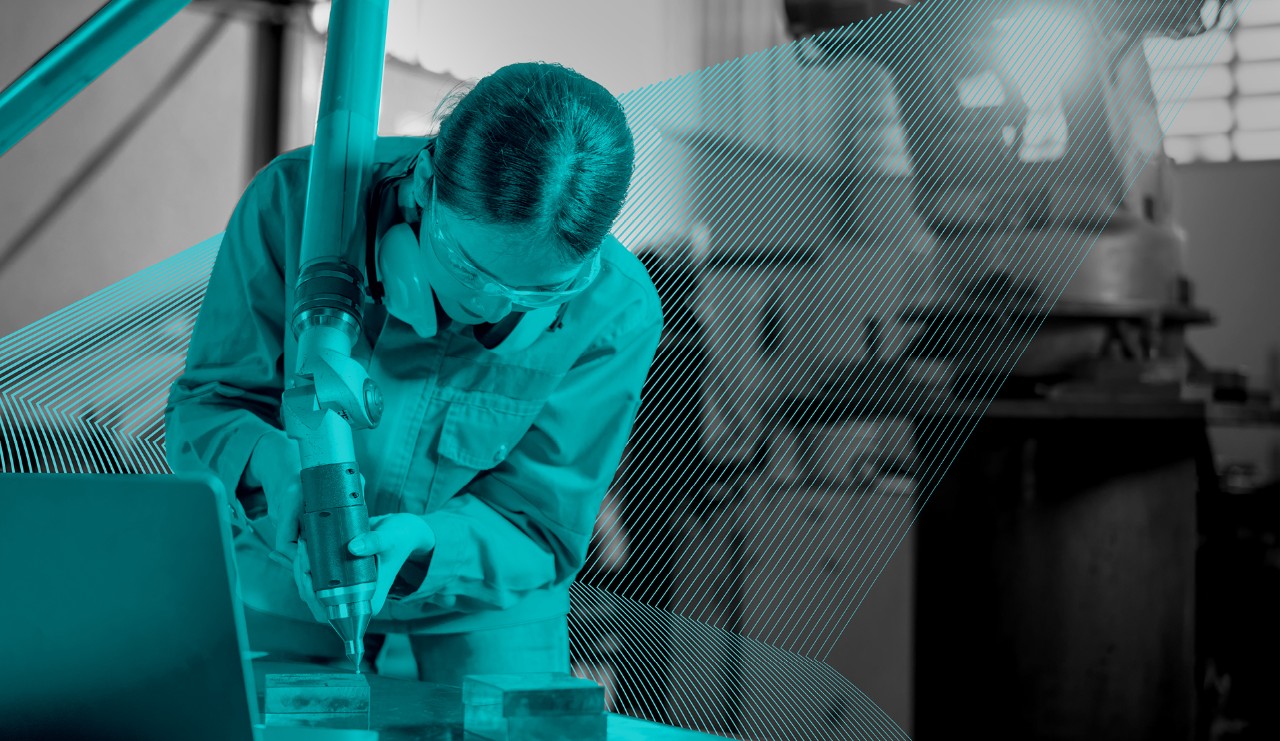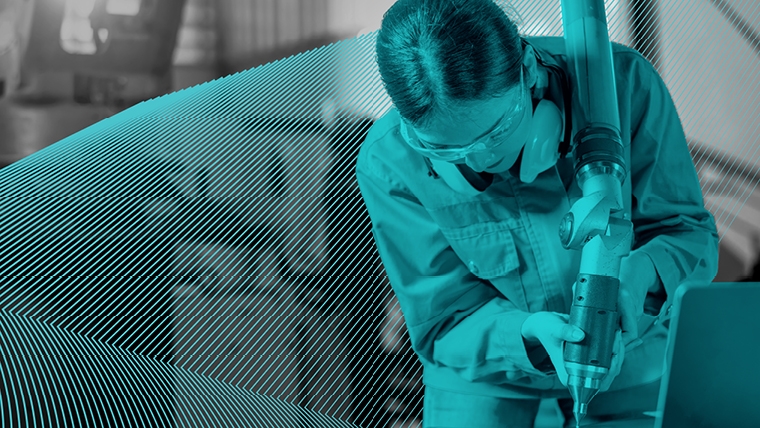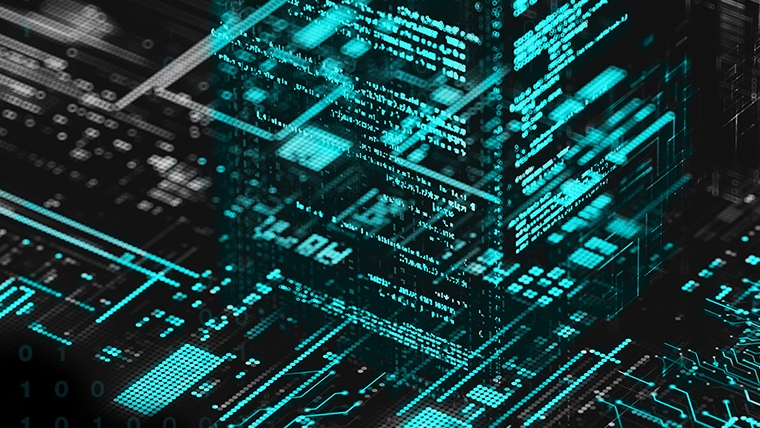Booz Allen is the advanced technology company delivering mission-ready solutions.
AI-powered, software-defined and commercial-first.
Combining deep mission experience with commercial partnerships.
Booz Allen is defining a new defense industrial base.
A network that crosses traditional boundaries to scale non-traditional technologies.
An accelerator that brings our best tech to the hands of the warfighter faster and speeds delivery of autonomy, tactical mission systems, and electronic warfare.
Combining partner tech with AI, cutting-edge software, and rapid prototyping to refactor defense manufacturing.
Booz Allen is effectively delivering technology for today and tomorrow.
Booz Allen, accelerating outcomes for today's warfighters.
To learn more, visit boozallen.com/defense



































